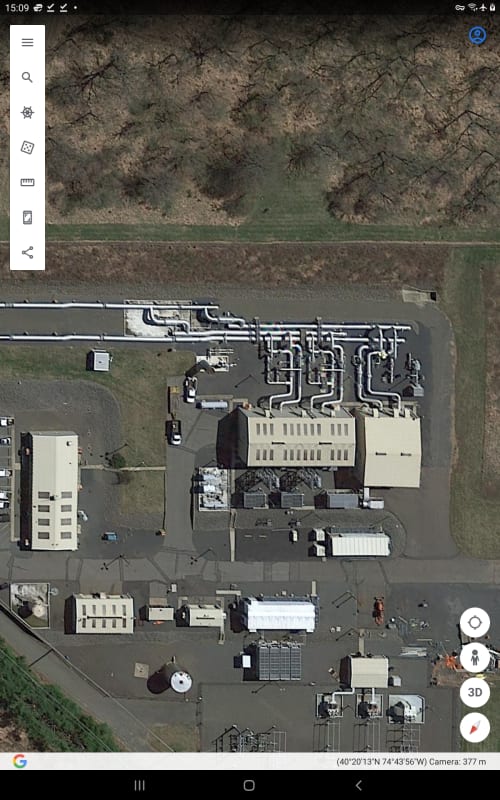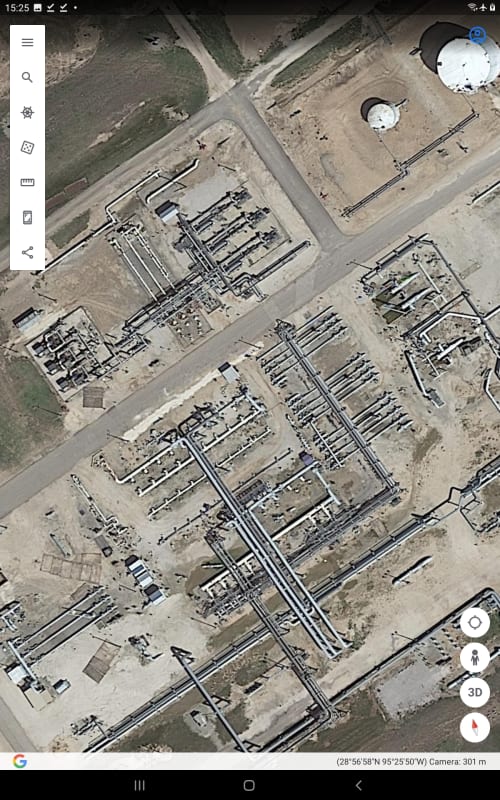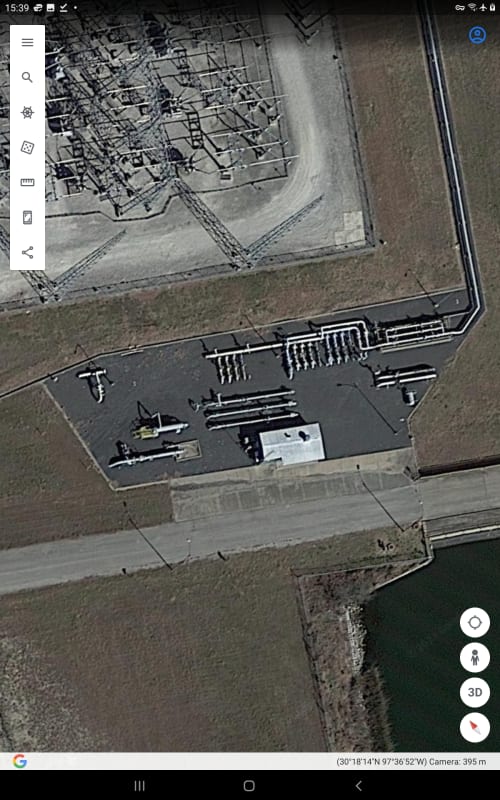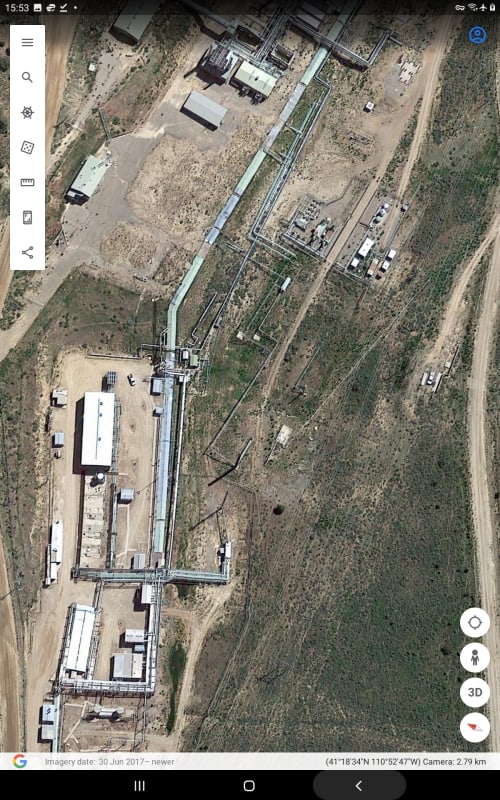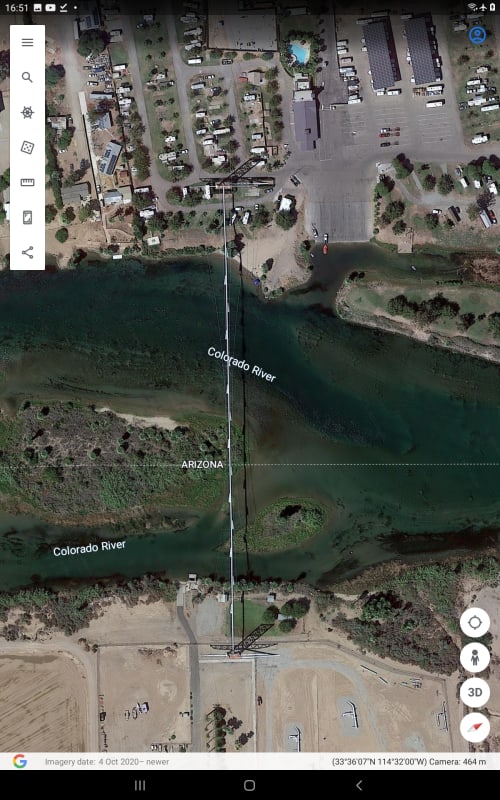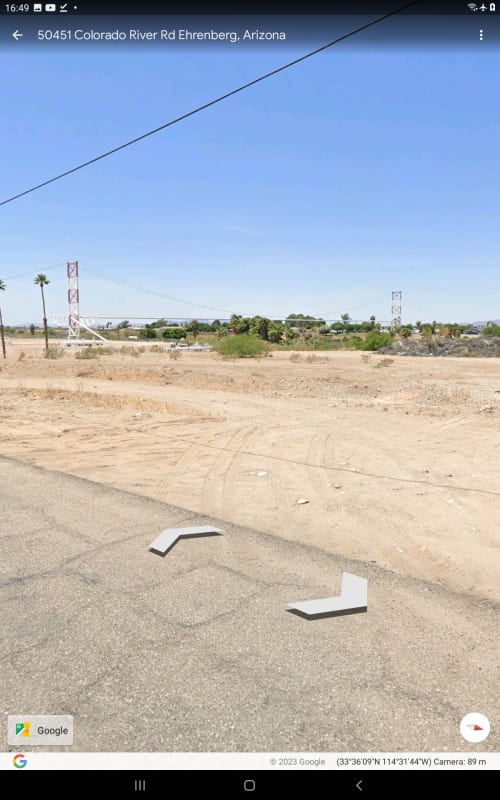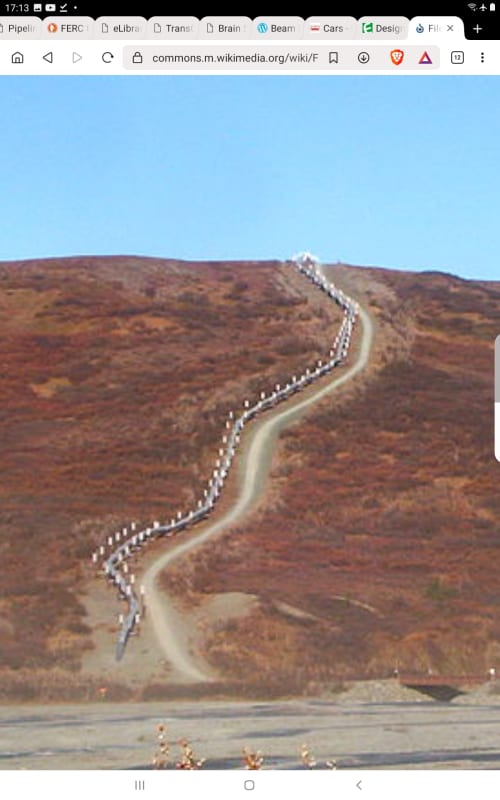DD88
Mechanical
- Feb 7, 2023
- 2
Dear Guys,
Most of the Client documents are having design standard for Pig Trap as ASME 31.4/31.8 and End closure with ASME Sec VIII. But my client is asking to design the traps from ASME B31.3 for Above ground pipeline which is designed from ASME B31.3. Is it right approach to keep the design code ASME 31.3? If anyone can enlighten on this.
Thanks in advance for support.
Most of the Client documents are having design standard for Pig Trap as ASME 31.4/31.8 and End closure with ASME Sec VIII. But my client is asking to design the traps from ASME B31.3 for Above ground pipeline which is designed from ASME B31.3. Is it right approach to keep the design code ASME 31.3? If anyone can enlighten on this.
Thanks in advance for support.

